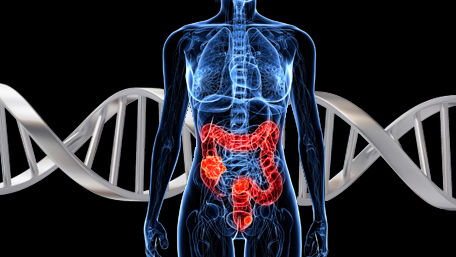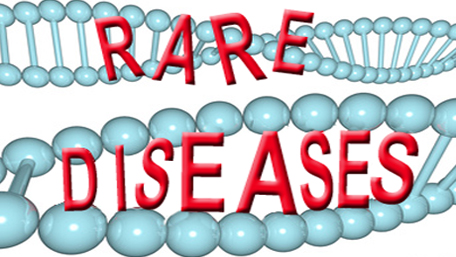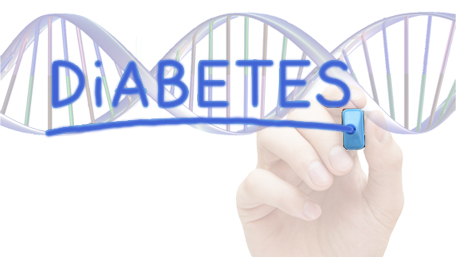
01/02/2020
Hot Topics of the Day are picked by experts to capture the latest information and publications on public health genomics and precision health for various diseases and health topics. Sources include published scientific literature, reviews, blogs and popular press articles.
Sign up MyPHGKB to receive the daily hot topic email alert.
Archived Hot Topics of the Day By Date
Reducing the Clinical and Public Health Burden of Familial Hypercholesterolemia
A Global Call to Action
JAMA Cardiology, January 2, 2020
Widening the spectrum of genetic testing in familial hypercholesterolaemia: Will it translate into better patient and population outcomes?
Page Michael M et al. Clinical genetics 2019 Dec
Familial hypercholesterolemia: A complex genetic disease with variable phenotypes.
Di Taranto Maria Donata et al. European journal of medical genetics 2019 Dec 103831
The Characteristics of Patients with Possible Familial Hypercholesterolemia- Screening a Large Payer/ProviderHealthcare Delivery System.
Elis A et al. QJM : monthly journal of the Association of Physicians 2019 Dec
Familial hypercholesterolemia and elevated lipoprotein(a): double heritable risk and new therapeutic opportunities.
Vuorio A et al. Journal of internal medicine 2020 Jan 287(1) 2-18
Two Threats to Precision Medicine Equity.
Matthew Dayna Bowen et al. Ethnicity & disease 2019 29(Suppl 3) 629-640
Ethical and Legal Considerations for the Inclusion of Underserved and Underrepresented Immigrant Populations in Precision Health and Genomic Research in the United States.
Wagner Jennifer K et al. Ethnicity & disease 2019 29(Suppl 3) 641-650
How Can Law Support Development of Genomics and Precision Medicine to Advance Health Equity and Reduce Disparities?
Wolf Susan M et al. Ethnicity & disease 2019 29(Suppl 3) 623-628
Assessing relatives' readiness for hereditary cancer cascade genetic testing.
Bednar Erica M et al. Genetics in medicine : official journal of the American College of Medical Genetics 2019 Dec
How to inform at-risk relatives? Attitudes of 1379 Dutch patients, relatives, and members of the general population.
Marleen van den Heuvel Lieke et al. Journal of genetic counseling 2019 Dec
Benefit from extended surveillance interval on colorectal cancer risk in Lynch syndrome.
Lindberg Lars Joachim et al. Colorectal disease : the official journal of the Association of Coloproctology of Great Britain and Ireland 2019 Dec
A call for global action for rare diseases in Africa.
Baynam Gareth S et al. Nature genetics 2019 Dec
Longitudinal serum biomarker screening identifies malate dehydrogenase 2 as candidate prognostic biomarker for Duchenne muscular dystrophy.
Signorelli Mirko et al. Journal of cachexia, sarcopenia and muscle 2019 Dec
Medical Big Data Is Not Yet Available: Why We Need Realism Rather than Exaggeration.
Kim Hun Sung et al. Endocrinology and metabolism (Seoul, Korea) 2019 Dec 34(4) 349-354
Pharmacoepidemiology and Big Data Analytics: Challenges and Opportunities when Moving towards Precision Medicine.
Burden Andrea M et al. Chimia 2019 Dec 73(12) 1012-1017
Cost-effectiveness of targeted screening for the identification of patients with atrial fibrillation: Evaluation of a machine learning risk prediction algorithm.
Hill Nathan R et al. Journal of medical economics 2019 Dec 1
A combined strategy of feature selection and machine learning to identify predictors of prediabetes.
De Silva Kushan et al. Journal of the American Medical Informatics Association : JAMIA 2019 Dec
Disclaimer: Articles listed in Hot Topics of the Day are selected by Public Health Genomics Branch to provide current awareness of the scientific literature and news. Inclusion in the update does not necessarily represent the views of the Centers for Disease Control and Prevention nor does it imply endorsement of the article's methods or findings. CDC and DHHS assume no responsibility for the factual accuracy of the items presented. The selection, omission, or content of items does not imply any endorsement or other position taken by CDC or DHHS. Opinion, findings and conclusions expressed by the original authors of items included in the Clips, or persons quoted therein, are strictly their own and are in no way meant to represent the opinion or views of CDC or DHHS. References to publications, news sources, and non-CDC Websites are provided solely for informational purposes and do not imply endorsement by CDC or DHHS.
- Page last reviewed:Feb 1, 2024
- Page last updated:Apr 25, 2024
- Content source:










